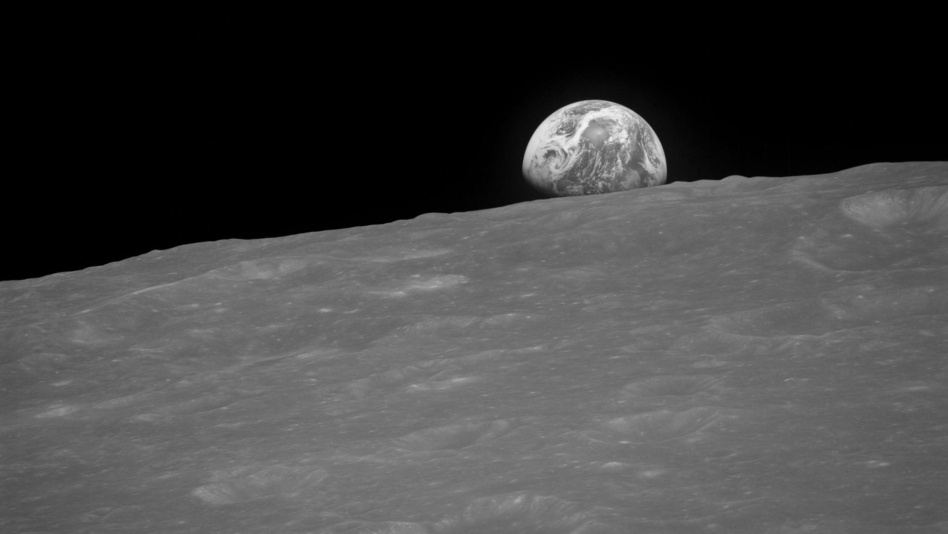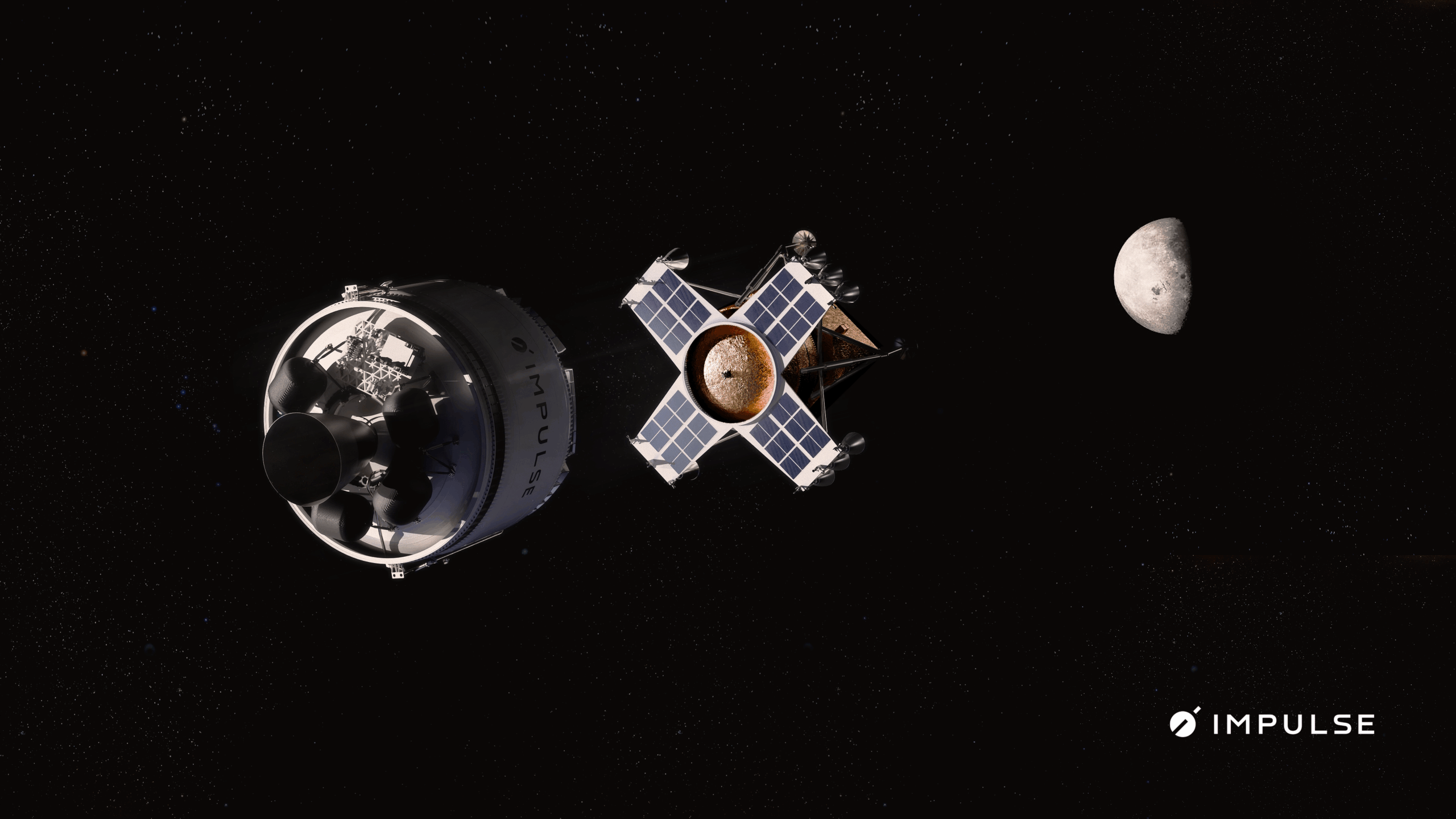To anyone worried about “militarizing” the Moon, Jim Bridenstine has some sage advice: get over it.
During a fireside chat at Payload’s Lunar and Mars Economy Summit, the former NASA chief said the Moon and its orbit are prime real estate for sensors that are critical for nation security missions, and other nations will take advantage of it. The US should too, he argued, regardless of optics.
China: Bridenstine also explained how, in his view, the US fell behind China in the race back to the Moon—and how we could make up lost ground.
“Given what China is achieving, and saying they’re going to achieve…I think the probability of having us beat China to the Moon is very small,” Bridenstine said. “In the coming years, you’re going to see more and more spending from the DoD on [lunar remote sensing] capabilities. It’s going to be necessary.”
The bigger picture: If we wanted to plant boots on regolith before China (this millennium), we’d be spending our money differently, according to Bridenstine.
“There is a great misalignment between what politicians are saying and what contractors are delivering on,” Bridenstine said. “We have got to figure out an architecture. If the politicians are going to claim we’re going to beat China to the Moon, then we need to do something that gives us a chance to do that. And right now, that’s not where we are.”
The Artemis plan requires massive technological leaps in short order: completing the vehicle’s development and test campaign, qualifying it for human flights, solving in-space refueling, flying ten or more refueling missions, sending humans to the Moon and getting them back in one piece.
If speed were really the number one goal, Bridenstine said, we could go a lot faster with a lot less effort.
Price tag: In another panel at the summit, Jim Zukin, a cofounder of Houlihan Lokey ($HLI)predicted the first phase of the lunar infrastructure build out will cost $23B. Zukin laid out an initial footprint that is financially driven by sales of liquid oxygen as fuel—and practically driven by semi-autonomous robots.
You want people in your lunar economy vision? Multiply that cost by 10 or 100, he said.
Dream big: How would Zukin invest $1B in the lunar and Mars industries, if financial gain was the goal? He said he’d split it down the middle: $500M to liquid-oxygen futures, and $500M to data-center development.
However—what if Zukin allowed the spirit of exploration to guide him? He said he’d go all=in on entertainment and tourism.




